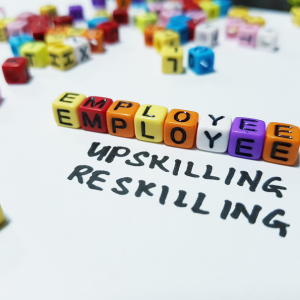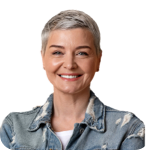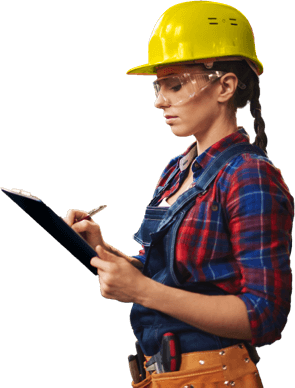
9 steps to write a professional resume
Professional Summary
When writing a professional resume, start with a strong, professional summary. Outline your experience, skills, and qualifications. For instance, a few sentences that provide a quick overview of who you are and what you can bring to the job.
Concise Language
Use clear, concise language throughout your resume and cover letter. Avoid using jargon or overly complex words. this will provide focus on highlighting your accomplishments and the value you can offer to the company.
Tailor to the position
When writing a professional resume, tailor your resume and cover letter to the specific job you are applying for. For instance, use keywords from the job description because this will demonstrate you have the skills and experience the employer is looking for.
Use bullet points
Use bullet points to organise your work experience and accomplishments. This allows the employer to quickly scan your resume and see what you have to offer.
Proofread
Proofread your resume and cover letter carefully. This will ensure there are no spelling or grammar mistakes. A well-written professional resume shows that you are detail-oriented.
Relevant information
Include any skills, certifications, or awards you have received that are relevant to the job. These set you apart from other candidates. This demonstrates you have the expertise and dedication to excel in the role.
If you need to upskill yourself or require training TURSA can help!
Fonts and Templates
Use a professional-looking font and layout for your resume and cover letter. The result, your well-written professional resume will stand out. In addition, it shows that you take your job search seriously.
There are some excellent FREE templates available to download. SEEK.com.au provides some examples of this.
Contact Details
Be sure to include your contact information including your name, phone number, and email address. Make it easy for the employer to get in touch.
Follow job instructions to apply
Finally, be sure to follow the instructions in the job posting for how to apply. This shows that you can follow directions which is often an important factor in whether or not your application is considered.
Once you put the work into developing and writing a professional resume you can easily make adjustments, for instance, to ensure your application aligns with the job you are seeking.
And, if you get the call for an interview, learn what to wear to a job interview and how to ace a job interview.






















